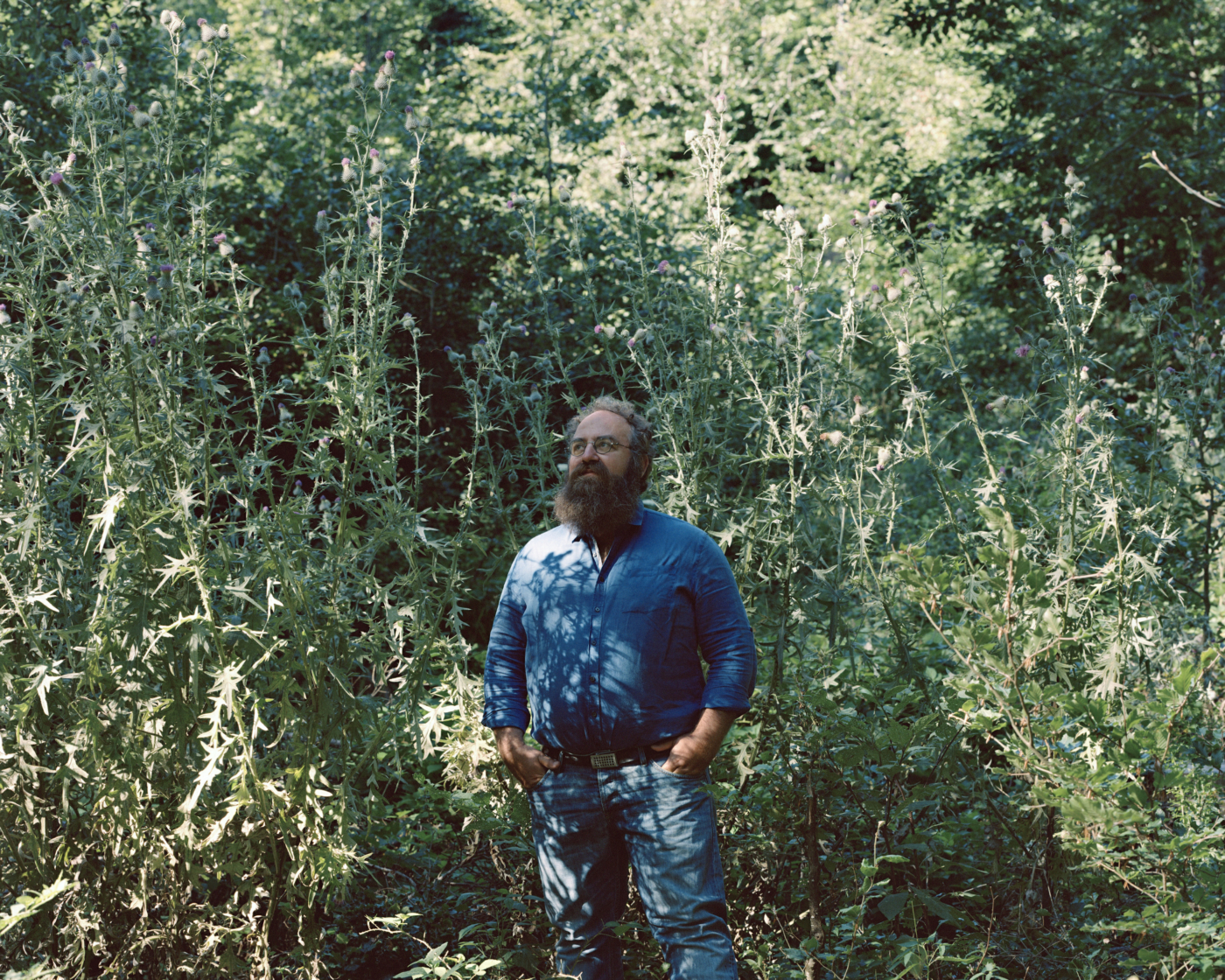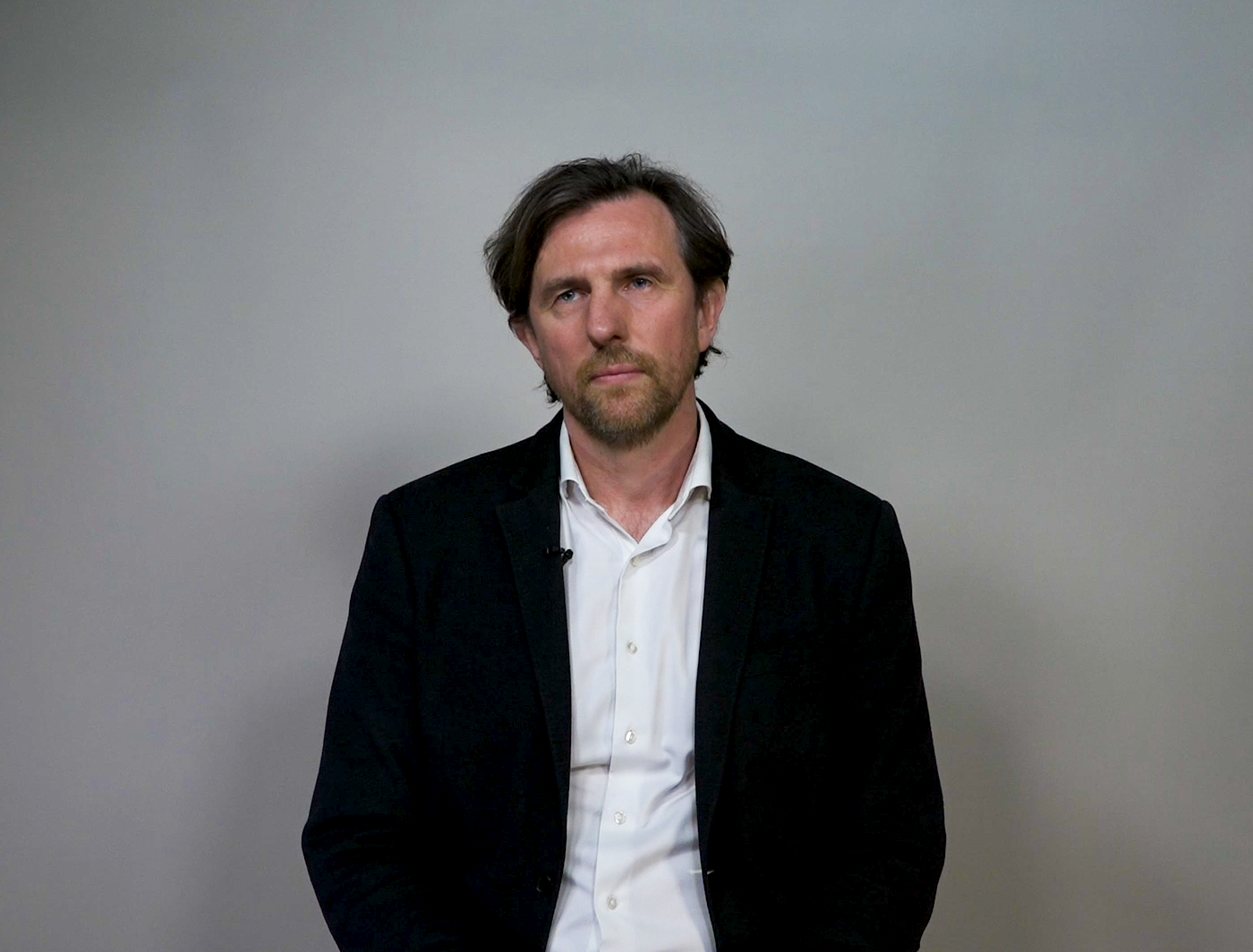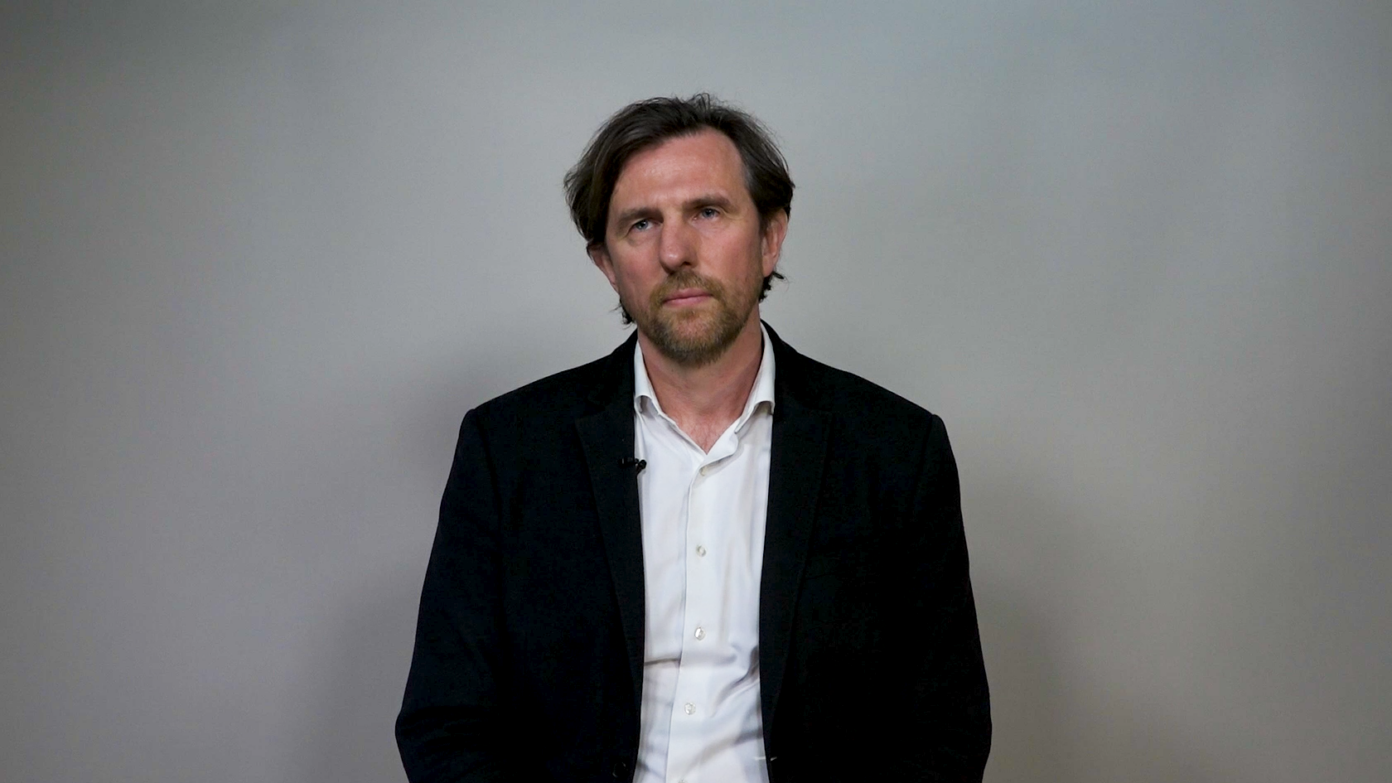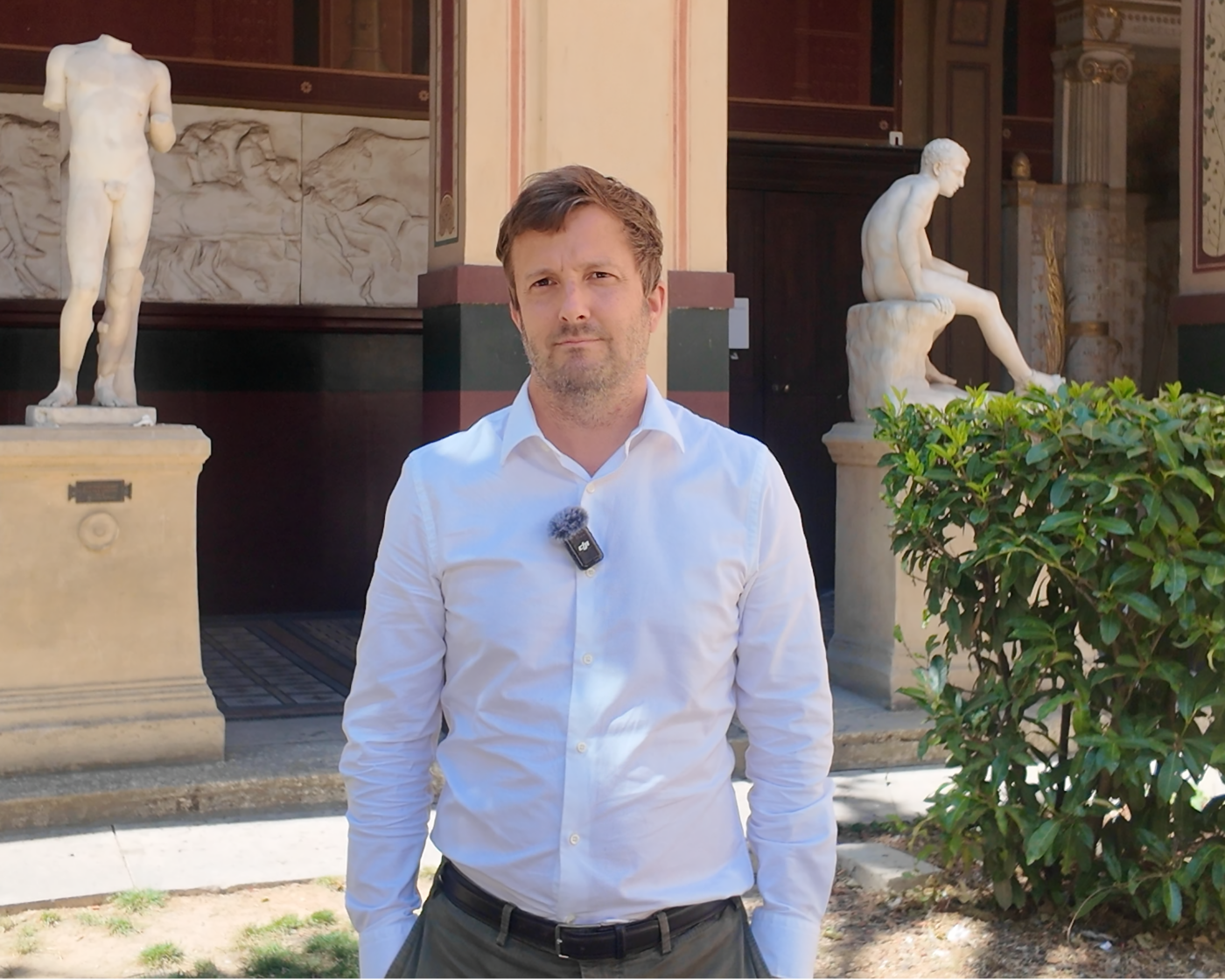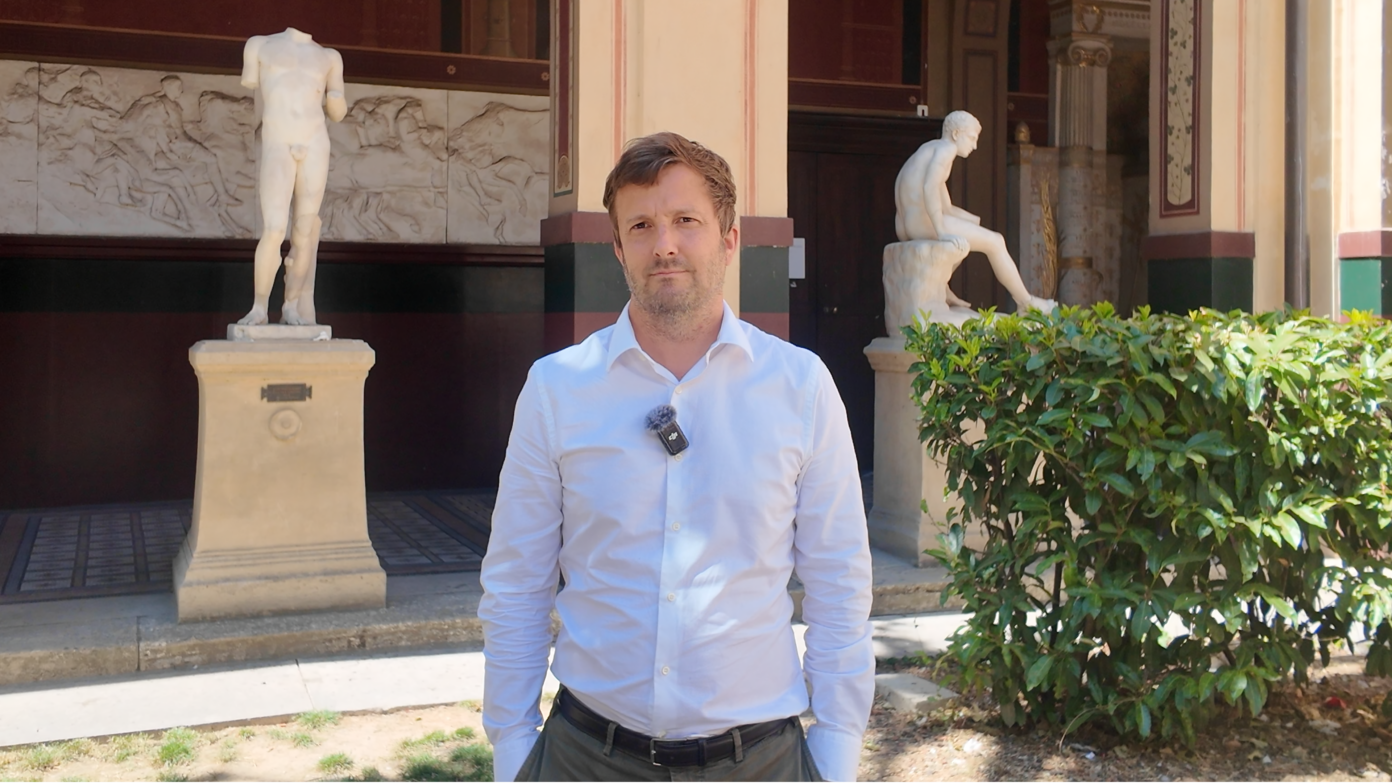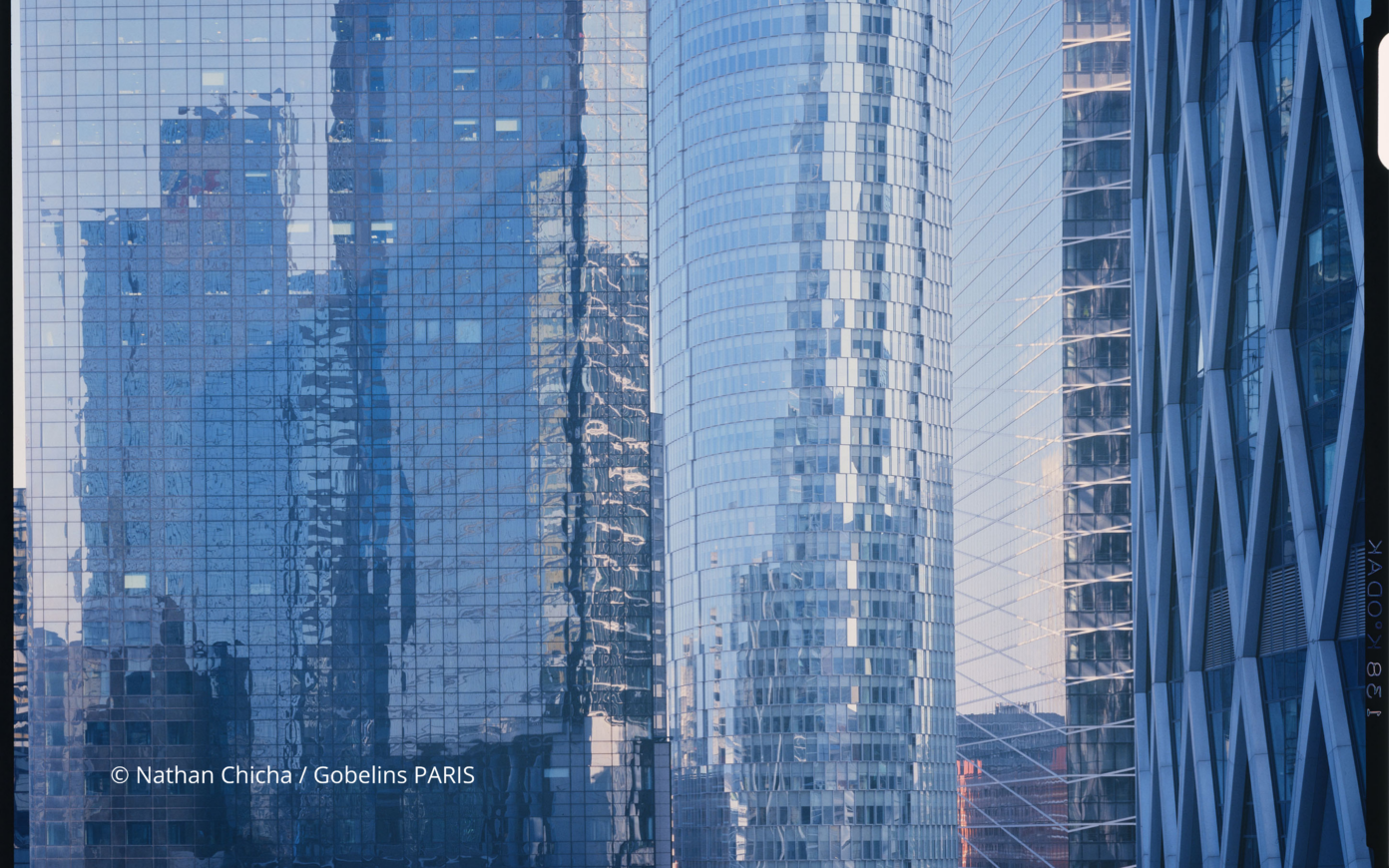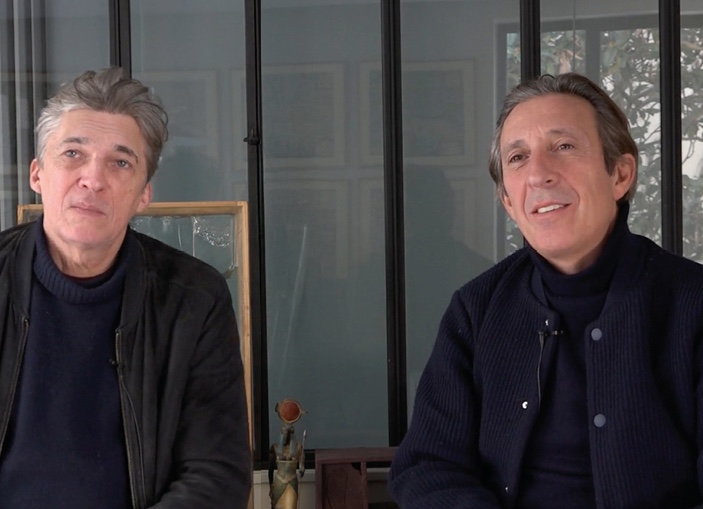Redifining the boundaries of architectural practice

- Publish On 19 April 2017
- Nader Tehrani
In the current context of complex urban mutations, the architectural approach to the city must be completely revisited. Architects cannot base themselves on their own knowledge and their obsession for form anymore, but must gather, digest and confront the knowledge and methods from a large number of fields. This entails a radical shift in both culture and education. The director of MIT’s school of architecture, Nader Tehrani, presents his work on revamping the syllabus, which he has designed to foster interactions, collaboration and cross-disciplinarity. According to him, these are crucial aspects of the architecture of the cities of tomorrow, which he created the Center for Advanced Urbanism to investigate.
Nader Tehrani is an architect and director of the NADAAA design firm. He teaches at the MIT, where he was the director of the architecture department from 2010 to 2014.
Stream: MIT has always been known for its multidisciplinary approach. In the current context of global mutations that seems more relevant than ever. As head of the School of Architecture at MIT, is this multidisciplinarity something that you have tried to put forward and to further strengthen?
Nader Tehrani: First, a little bit of history: there’s a long legacy of architecture at MIT. We are in fact the first architecture program in the United States: we had our 150th anniversary just four years ago. There’s a great tradition of thinking and architects that have gone through the program. At the same time, over the last thirty or so years, there has been a generation which has come to occupy a very critical position, but because of their generational impact, they have not brought in new generations. In effect, things have been quite calcified. This was a productive era within the school, but at the same time when Adele Naudé Santos took over as Dean of the School of Architecture about ten years ago, we began to shift the ideology of the School. In part, my role at MIT was the result of trying to change the architecture curriculum, the design culture, and the way in which we reach out to the world.
A hybrid curriculum
There are a couple of agendas that we’ve tried to advance to bring back design as a major force at MIT. For many, many years, research has been the cornerstone of what MIT has been known for. In many ways the structure of the school supported that well. The architectural department is broken down into five discipline streams: building technology, computation, art culture technology, history of theory and criticism, and architectural design, which is only one of those five discipline streams. Given the way that scientific and humanities models have supported research, either through literary, governmental, or even military grants, there was always a structure for support at the level of engineering or historical scholarship. But there was rarely support for design in the way that MIT is used to taking on research projects.
One of our main focuses was to try to revise the entire design curriculum while not losing the strength of what MIT already had. I effectively revamped the core program into a much stricter series of exercises. But on the tail end I deregulated the way in which students gain access to the other departments and other discipline stream groups after they get through the three semesters of core, meaning that students become more able to take courses in engineering, material sciences, the media lab, and technologies in general. So the kinds of students that we have produced over the past years are architects who have become extraordinary urbanists under the new banner of the Center for Advanced Urbanism. We have students and faculty that have become extraordinary players in the arena of smart cities and interactive technologies. We have people that have gone into computation and digital technologies from Pixar to Google, etc. So the future paths that we’ve defined are a little bit less predictable than the classic architect. We keep redefining the boundaries of what an architectural practice can be.
However, we are also careful to reinforce what we think of as the core of architecture’s dedication to building. By building I’m referring to building buildings, urban spaces, environments, and spaces of the city as well as to urbanism being a school of technology. The previous generations that came to MIT chose architecture to escape the stratified and politicized way in which engineering departments transmitted knowledge. These students were artists in a way and therefore, paradoxically for MIT, technology was not very present. One of my challenges to the program, to faculty, and to students, was to find ways to overcome the traditional dichotomies between art and science. I told them that we need to develop a sequence of courses where you can fluidly create unconventional alliances between these two and not divide between courses focused on performance and courses focused on aesthetics.
One of the courses that we brought into the program is borrowing from the Center for Bits and Atoms, headed by Neil Gershenfeld called “How to Make Almost Anything.” In this course, students in the first year of architecture engage in research on building and making, not as a representational tool—this isn’t about making models—but as a vehicle to understand the means and methods of fabrication, not from the perspective of the industry but from the perspective of a designer and architect who’s changing the way we think of fabrication from the ground up. The important thing about this course is that it’s not a course just for architects. You have media people, artists, architects, and engineers taking this course, so the mix in this course ends up being highly interdisciplinary. What you learn ranges anywhere from handmade tools to digital fabrication tools, but also electronics, computation, and digital protocols. The electronics have to do with interactive technologies, Arduino-based systems: things that begin to construct an environment around you which is responsive and, in essence, is able to respond to you. The students take part in this not as advanced level research but as a foundational course. We may have one of the only architectural curricula where the act of making is not the ultimate destination of your education but the generative point of departure.
On the tail end, we ask students in the fourth semester to begin build their own curriculum towards their thesis in the seventh semester. So in many ways, we undertake a mentorship program, student by student, to help them navigate through our various laboratories, centers, and departments, and to begin to explore a series of topics and themes towards their eventual thesis. Again, more often than not, their thesis will be a hybrid between architecture technology, art, and urbanism.
Creating conditions for collaboration
Stream: What has been your motivation for this approach? Were you interested in understanding and acting on this new condition of architecture which requires a stronger integration between performance and aesthetics?
Nader Tehrani: Absolutely. There were a variety of motivating forces. First, over the last ten to twenty years, the explosion of the Internet and technology in general has led to the democratization of knowledge and information all at the same time. The boundaries between product design, interior design, architecture, industrial design, landscape, and urbanism have all been flattened and blurred. This is a moment where one can gain knowledge not only from the differences between disciplines but also from their affinities, tangencies, and alliances. One of the motivations is to begin to look more carefully at various sources and foundations of expertise and disciplinary focuses, while also beginning to see their alliances so as to break down these boundaries.

Secondly, MIT has always been strong in research in general, but I wanted to enter design into the fray of research to demonstrate that not all research is performative in the traditional sense. it’s not always about optimization or efficiency. Some research—what we call design research—is speculative in nature, it operates at the intersection of criteria of urbanism, tectonics, structure, and of performance in the optical field. Indeed, we need a field that brings together critical criteria that are able to gauge some of the differences between these fields. Remember that it was the modernist movement and its unleashing of specialization that gave way to a balkanized MIT. In other words, what I appreciate about MIT in part, are the specializations that it was able to create, but that is also one of its major weaknesses. You have all of these specialists sitting in their own cubicles and saying almost nothing to each other. Part of the mission was to identify this opportunity and create platforms which brought people together, either in projects or in courses so as to make way for new modalities of education.
Stream: We appear to be moving from a classical science, which tended to simplify and specialize, to a complex science. Does this age of complexity change your approach to architecture and urbanism?
Nader Tehrani:
We have launched the Center for Advanced Urbanism which really is a collection of a variety of populations within MIT from architecture, the Media Lab, engineering, and beyond, to put together different minds across disciplines in order to address some of the challenging questions of complex urban spaces. Now some of those questions are completely unprecedented, so the urban design techniques inherited from our generation are virtually obsolete. Those things that we learned from the Renaissance, all the way through to the modern era, operate on a speed and scale that no longer has to do with the scale of the building, the block, or even the neighborhood as we know it. Because the speed and pace at which urbanism, city-making, and the development of the metropolis can actually be visually decipherable from satellites given the scale of their growth. In other words, we are dealing with a scale of development where the traditional lines between a building, a megastructure, or a mega block, is not altogether utopian, but a matter of real existence that we are experiencing. We don’t necessarily have disciplines within schools or traditional frameworks to guide these in the way that we did urban design, with its stable indicators for the development of strategies.
In many ways what the Center for Advanced Urbanism not only brings together the epistemology of dialogue that occurs within the history and theory of urbanism, but it also begins to gain traction from various members who come from completely different fields. The way in which data is being proliferated through census reports, the media, and the web, means that many people are spending a lot of time reinvigorating, reinterpreting that data towards new ends. Links are being made between the nano and the macro scale in distinct ways. To that end, even people like Skylar Tibbits—who is not really in urbanism at all, but in architecture—are looking at the molecular scale at which materials operate and how they may be instrumentalized for the larger scale. On the other hand, the way that Alexander D’Hooghe is looking at questions of infrastructure relates not only to the space of infrastructure, or to the scale of a bridge or a park, but to the scale of the eastern seaboard.
I think that this is a moment when we are no longer looking at scale as a question of the “big,” but of the geographic, the regional, the transnational. The other day I was listening to a lecturer making very important distinctions between the scale of the global and the scale of the “mondial.” The global effectively inherits the mantle of colonization, whereas the mondial accepts that the world is composed of much more interactive differences between high and low culture, between different belief systems.
I think we’re at a very speculative moment, actually. I don’t think we can speak of an urbanism or urban design discipline in a stable way as we could’ve even twenty-five years ago. At the same time, this is a much more interesting moment, because the scale of architecture, urbanism, and geography have melded into one, precisely because of the kinds of questions that are on the table. Remember, when we talk about the economy today, we’re not talking about the economy in the the United States, we’re talking about the relationship between Asia, Europe, and the Americas. When we talk about pollution, we’re not talking about pollution in Massachusetts, we’re talking about the winds that are carrying the molecules from Japan to the west coast of the United States. When we talk about migration, we’re talking about the deep destabilization of entire countries like Syria and the mass movements across borders to Lebanon, Iraq, Turkey, Iran, and beyond. Everything we’re experiencing is happening at an unprecedented scale that goes beyond our analytical tools. The handling and reinterpretation of information by software as part of a collaboration among creative talents is part of the subject matter and foundation of what the Center for Advanced Urbanism is taking on.
Stream: Since we have to reinvent the overall practice of design, would you say that our design and creation processes are focused on going beyond borders, or even beyond the notions of performance and aesthetics?
Nader Tehrani: I’m careful in how I phrase this because I find that there are still elements within MIT that tend to polarize between the scientific and the quantitative and the artistic and the qualitative. To the degree that I can, what I want to overcome, abandon, and annihilate are arguments that are constantly scientific alibis and justifications for what we do. I want to develop a discourse that’s more inclusive of culture, discipline, and even pleasure that ends up constructing a history of design practices that demonstrates the polyvalent ways in which we work. We work in relationship to programs, economies, and cultural denominations that make architecture and design such a rich phenomenon. Part of that is to recognize that design is not linear but the condensation of many contradictory, sometimes disarming facts which you need to interpret. This interpretation is part of the critical context that we’re trying to construct among the different discipline groups.
(This article was published in Stream 03 in 2014.)

